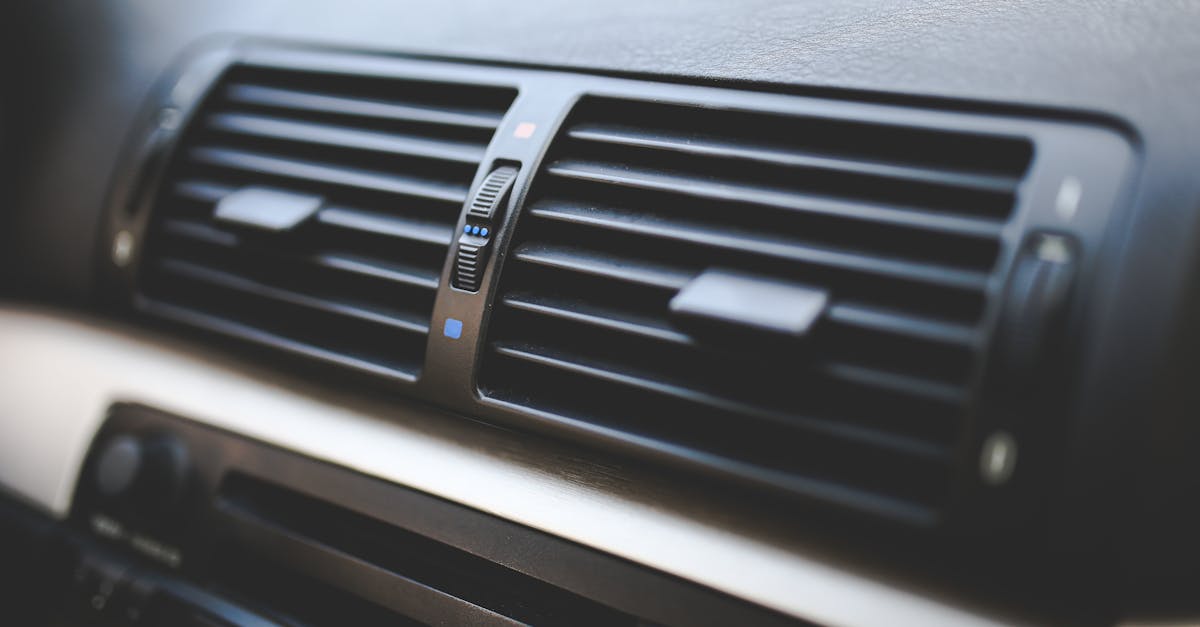
What does a cold air intake do for a vehicle?
A properly functioning intake system will improve the airflow to engine from the atmosphere. This equalizes pressure on the intake manifold and the air and fuel mixture is more properly distributed to each cylinder. The intake air is cooled by passing through the intercooler, which absorbs excess heat.
Cooler air allows for a denser, more powerful gas mixture. When air is drawn into your car’s engine, it is at a temperature closer to the ground than the engine itself. As a result, the engine coolant is less able to absorb this heat, and there is a greater possibility of engine damage and increased engine wear and tear.
Ensuring a good intake air temperature helps to prevent your engine from overheating, especially during hot summers.
What does a cold air intake on a Tacoma do for the truck?
Your Tacoma’s air intake is one of the first things you should check when you are looking to improve performance. A cold air intake adds extra air to the intake in order to make sure your engine receives a more consistent charge of air.
In addition, a cold air intake helps to prevent the buildup of ice and snow in your engine’s intake system during freezing weather, thus improving the performance of your Tacoma. The air intake on a Tacoma is used to bring in air from outside the engine compartment. This helps to cool down the intake air before it reaches the engine.
This means that the air is much cooler and less likely to cause engine damage when it reaches the cylinders. It also helps to increase the air pressure in the intake system. This allows for more air to be pulled into the engine.
What does a cold air intake do for my Tacoma?
A cold air intake will allow more air to flow into your engine when it’s cold outside, which improves fuel economy as well as gas mileage. A cold air intake helps reduce ice and snow buildup, too, which is especially helpful in winter weather.
If you live in a region where snow is common during the winter, a cold air intake can be a great asset to your car. A cold air intake increases the air flow to the engine, and does so without making the engine work harder. This means you get more power from your vehicle and increased fuel efficiency. The intake system is designed to work with the air filter for the best efficiency.
What does a cold air intake on a Tacoma do?
A cold air intake is a simple addition that helps increase airflow. Optimizing airflow can have a huge impact on fuel economy and increasing airflow can also increase the cooling performance of your vehicle. A cold air intake system works by channeling cool air from outside your Tacoma cabin into the intake system, allowing your engine to work more efficiently.
The intake system is responsible for bringing air into the engine. On a stock Tacoma, the air enters through the grille and flows into the air filter before going to the engine.
This intake system is most important during cold weather when the air is more likely to be full of moisture, causing the engine to use more energy to heat the air before it can be used to create power. A cold air intake can help prevent this by allowing for more free-flowing air.
What does a cold air intake on my Tacoma do?
A cold air intake is one of the easiest performance modifications you can make to your Tacoma and will have a noticeable effect on the way your Tacoma drives. Cooler intake air will allow your engine to run more efficiently and will increase your fuel economy as well.
A cold air intake will also reduce engine warm up time so you can start your engine quicker when you get in your Tacoma after a long winter’s nap. A cold air intake may sound simple, but in reality it plays a critical role in improving fuel economy and keeping your engine operating at its best.
Using a cold air intake, you’ll draw in cool, fresh air to keep your engine temperature down and allow for better air-fuel mixture that leads to increased fuel efficiency. Plus, a cold air intake can help make sure your engine is always operating at peak efficiency by removing unwanted engine heat and impurities from the intake air.






